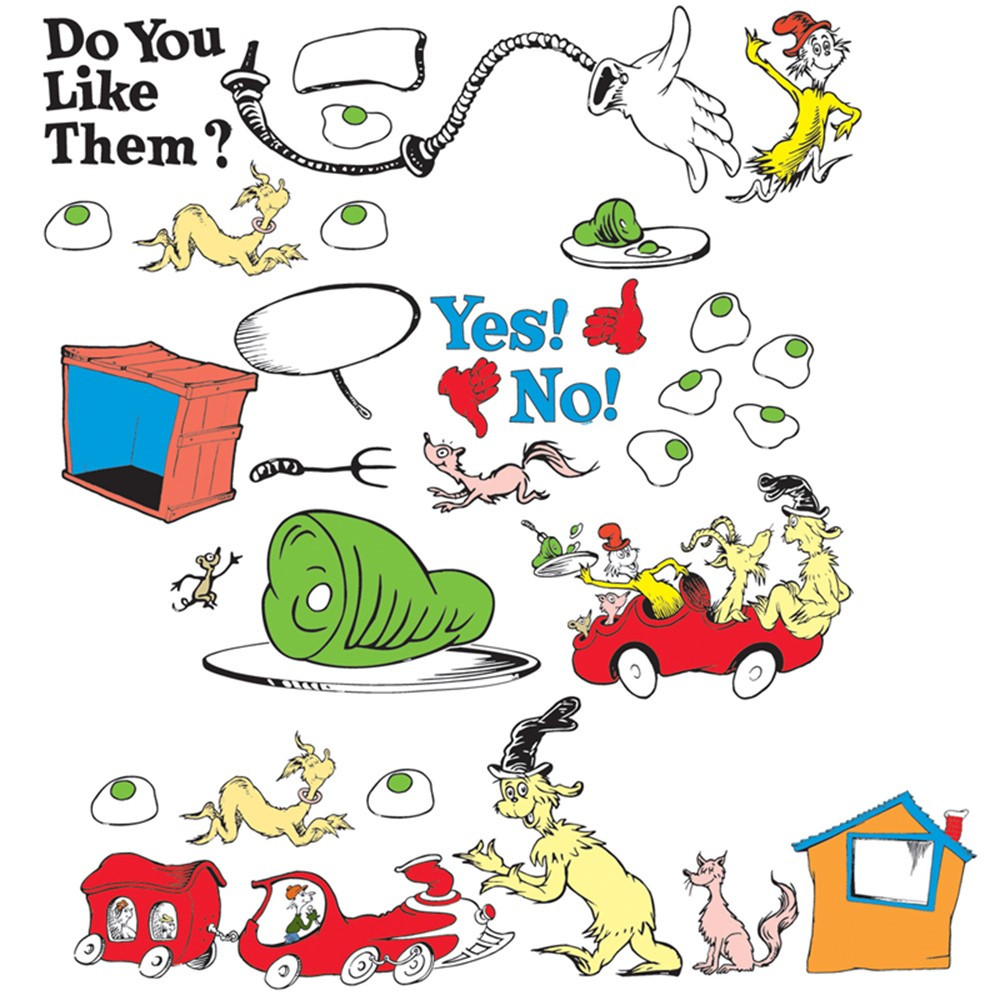


There is also the revanche factor, the desire to go back to what we miss: as soon as Hermès opened in post-quarantine China, their sales hit new records. Analyst Alex Danco has argued that business trips may revalue because they are based in a kind of prestige known as “positional scarcity”: when someone goes to a meeting on another country, he or she is prioritizing that meeting, distinguishing from a video conference, even if it is more expensive, and now perhaps even more troublesome, with health checks at airports or immunity permit requirements.

Hopin, a tool for virtual events, even includes coffee break rooms. The intuitive argument is that nobody will want to pay for their employees or public speakers to travel after having resolved their work remotely. How much will our lives change? It can be interesting to think about that in the business-travel industry. What we still don’t know is if they liked them, or if they will repeat the recipe once social distancing is over. In other words: they tasted green eggs and ham. That is 3800 years of meetings in a day.Īccording to McKinsey, between 30 and 40% of Italians, Spanish and French people had their first video conference after the pandemic started. Google Meet informed that its users spend 2000 millions of minutes in meetings everyday on the platform. Kids that hadn’t been on a videoconference before are now experts in changing their background and muting the teacher. This includes its use in 90,000 schools and in 20 countries. This is shown very clearly in technological consumption data: Zoom went from having 10 million users a day in December to 200 million in March, according to its reports. Things that have been available for some time but we didn’t consider are now our everyday menu. Tech analyst Benedict Evans just published a nice idea about quarantine: we are all going through a “green eggs and ham” moment.


 0 kommentar(er)
0 kommentar(er)
